Perseverance has performed a test of its MOXIE instrument to convert carbon dioxide into oxygen for the first time on Mars.
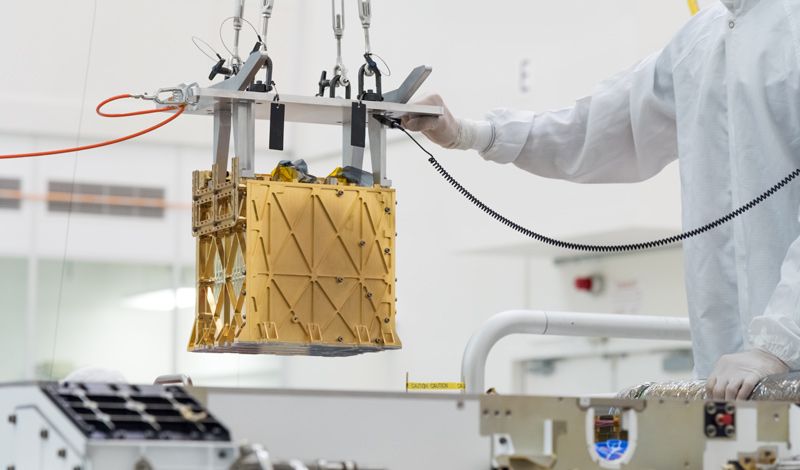

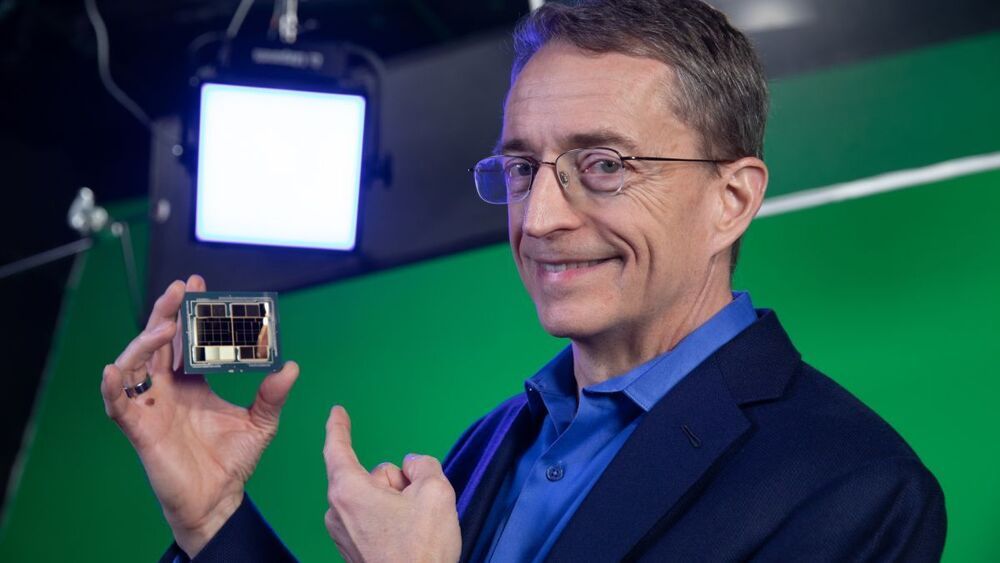
If you can’t beat ‘em, join ‘em.
Arm is the technology company of the hour. Or one of, at least. The chip designer rose to great heights in the mobile phone biz and now its many license holders are looking to twist an ARM processor into something more computer-shaped. Arm is finding increasing number of advocates from Intel and AMD’s firm customers too: perhaps the most notable among them being Apple, with the M1 chip in MacBooks and the new iMac, but Amazon, Microsoft, and Arm’s prospective buyer, Nvidia, all have skin in the game.
Yet Intel has a plan: a brand new foundry business. That which will offer flexibility in a way that was largely ruled out by oppressive x86 licenses and Intel’s unwillingness to share in the past. It’s what Arm offers, after all. A way for companies to design a chip as they see fit, and leave the unwanted features on the cutting room floor.

By betting on Starship, which entails a host of development risks, NASA is taking a chance on what would be a much brighter future. One in which not a handful of astronauts go to the Moon or Mars, but dozens and then hundreds. In this sense, Starship represents a radical departure for NASA and human exploration.
“If Starship meets the goals Elon Musk has set for it, Starship getting this contract is like the US government supporting the railroads in the old west here on Earth,” said Rick Tumlinson, a proponent of human settlement of the Solar System. “It is transformational to degrees no one today can understand.”
We will nonetheless try to understand some of the ways in which Starship could prove transformational.

According to the university, the system focuses on the “thermal recovery and post-treatment of glass fibres” from glass-reinforced polymer composite scrap, with the end result “near-virgin quality glass fibres.” The idea is that, using this system, the composite waste could be re-used.
The aim is to scale-up and commercialize a process developed by team at the University of Strathclyde, in Scotland.

While biodegradable plastics have been touted as a solution to plastic pollution, in practice they don’t work as advertised.
“Biodegradability does not equal compostability,” Ting Xu, study coauthor and UC Berkeley polymer scientist, told Science News.
But by studying nature, Xu and her team have developed a process that actually breaks down biodegradable plastics with just heat and water in a period of weeks. The results, published in Nature on Wednesday, could be game-changing for the plastic pollution problem.
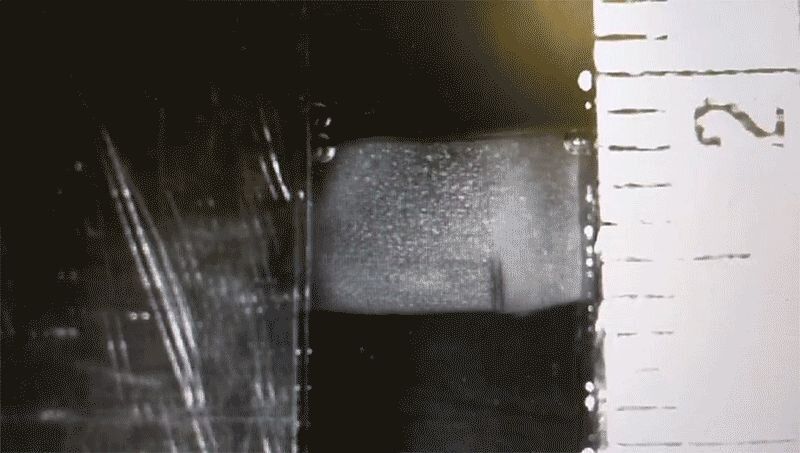
**A lobster’s underbelly is lined with a thin, translucent membrane that is both stretchy and surprisingly tough.** This marine under-armor, as MIT engineers reported in 2019, is made from the toughest known hydrogel in nature, which also happens to be highly flexible. This combination of strength and stretch helps shield a lobster as it scrabbles across the seafloor, while also allowing it to flex back and forth to swim.
A lobster’s underbelly is lined with a thin, translucent membrane that is both stretchy and surprisingly tough. This marine under-armor, as MIT engineers reported in 2019, is made from the toughest known hydrogel in nature, which also happens to be highly flexible. This combination of strength and stretch helps shield a lobster as it scrabbles across the seafloor, while also allowing it to flex back and forth to swim.
Now a separate MIT team has fabricated a hydrogel-based material that mimics the structure of the lobster’s underbelly. The researchers ran the material through a battery of stretch and impact tests, and showed that, similar to the lobster underbelly, the synthetic material is remarkably “fatigue-resistant,” able to withstand repeated stretches and strains without tearing.
If the fabrication process could be significantly scaled up, materials made from nanofibrous hydrogels could be used to make stretchy and strong replacement tissues such as artificial tendons and ligaments.
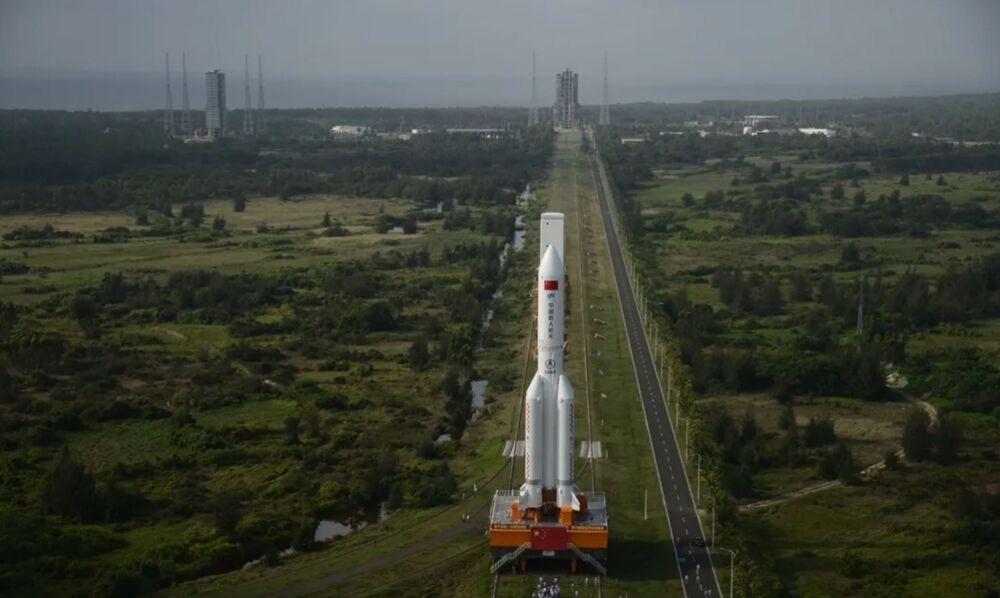
HELSINKI — China is set to launch the first module for its own space station next week after rolling out a Long March 5B rocket at Wenchang spaceport late Thursday.
The 53.7-meter-long Long March 5B is now expected to launch the 22-ton Tianhe space station core module around April 29, although authorities have not officially released a launch time.
The launch will mark the beginning of an intense construction phase for the three-module space station. China plans 11 major launches of modules, cargo and crewed spacecraft across 2021–22.
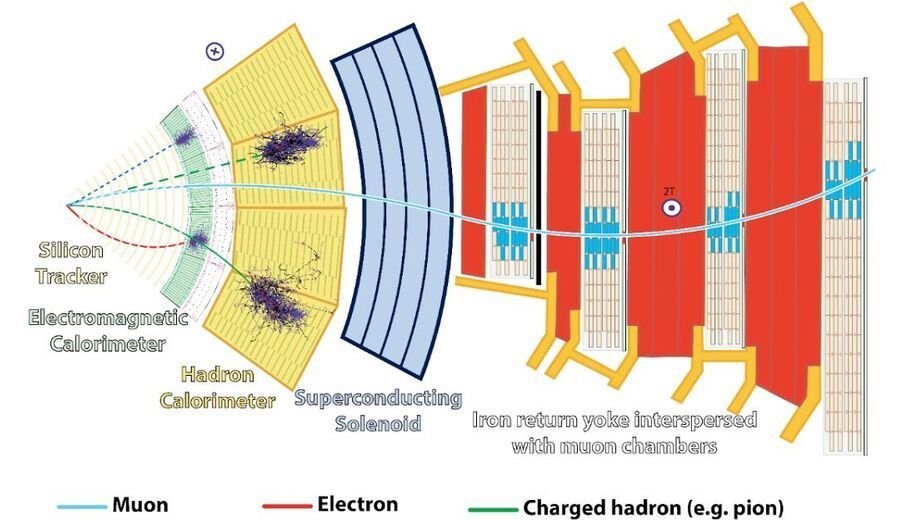
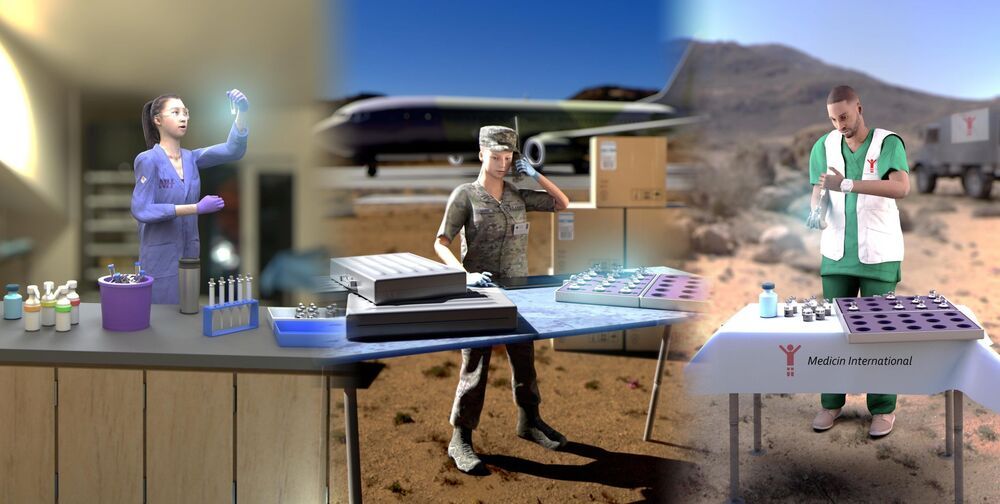
In February, the researchers introduced a new biomanufacturing platform that can quickly make shelf-stable vaccines at the point of care, ensuring they will not go to waste due to errors in transportation or storage. In its new study, the team discovered that enriching cell-free extracts with cellular membranes — the components needed to made conjugate vaccines — vastly increased yields of its freeze-dried platform.
The work sets the stage to rapidly make medicines that address rising antibiotic-resistant bacteria as well as new viruses at 40000 doses per liter per day, costing about $1 per dose. At that rate, the team could use a 1000-liter reactor (about the size of a large garden waste bag) to generate 40 million doses per day, reaching 1 billion doses in less than a month.

Congratulations to our winners and thank you to all who participated. Happy DNA Day!
Thank you for making this another successful year! We received many submissions from students in 40 U.S. states, and 30 countries. We would also like to thank the ASHG members who participated in judging the essays.
Continue the celebration: ASHG has even more planned to celebrate DNA Day. See how else you can participate on the celebration page.